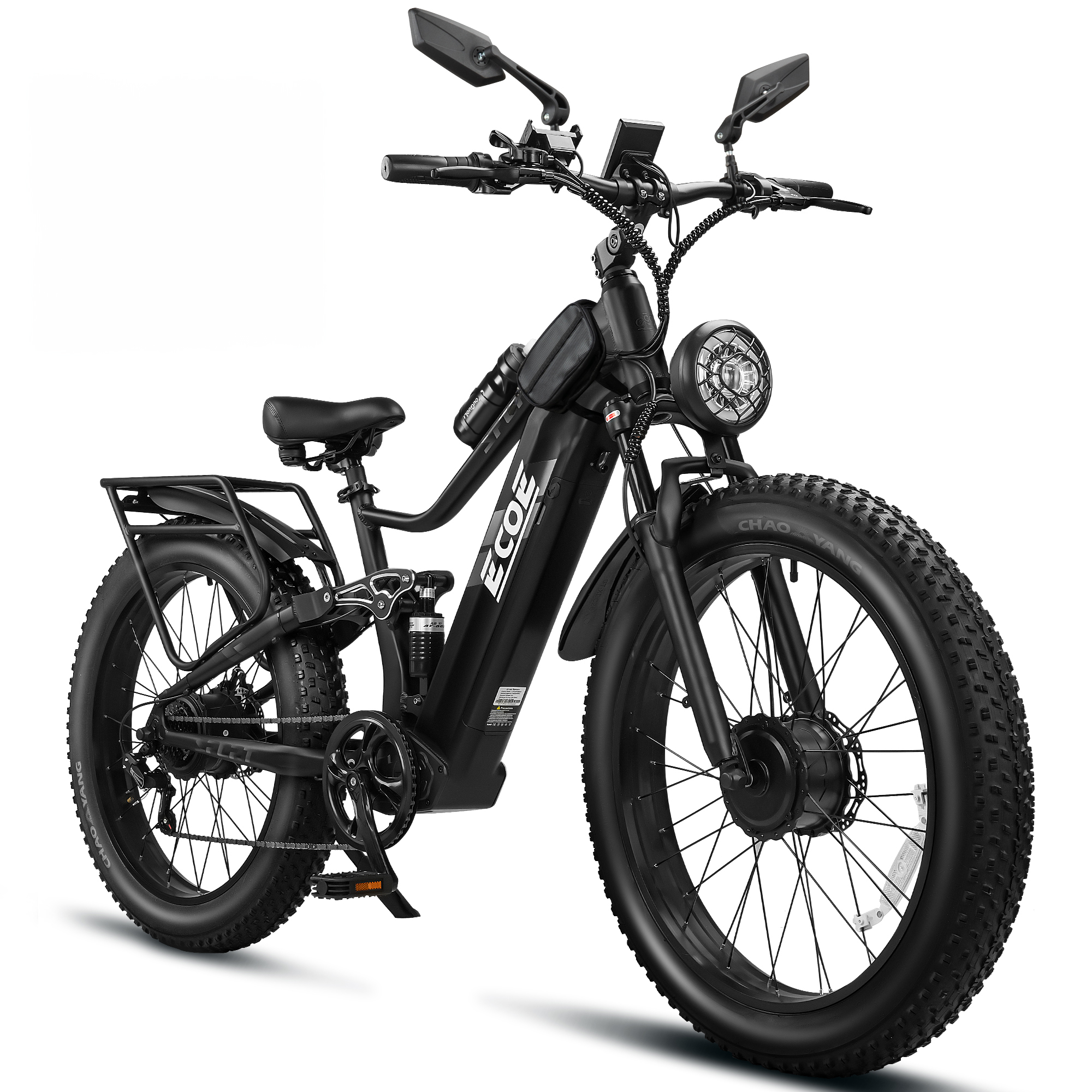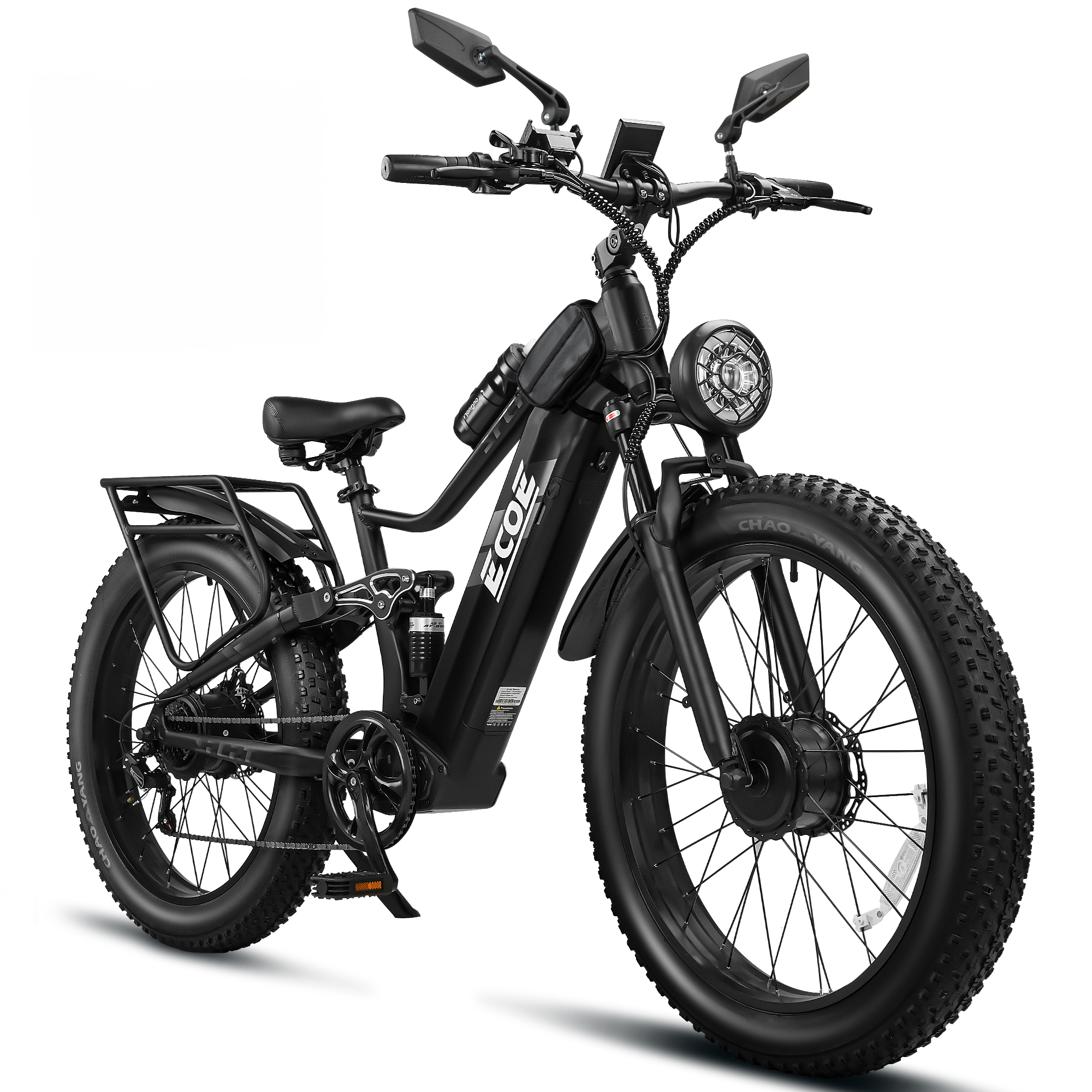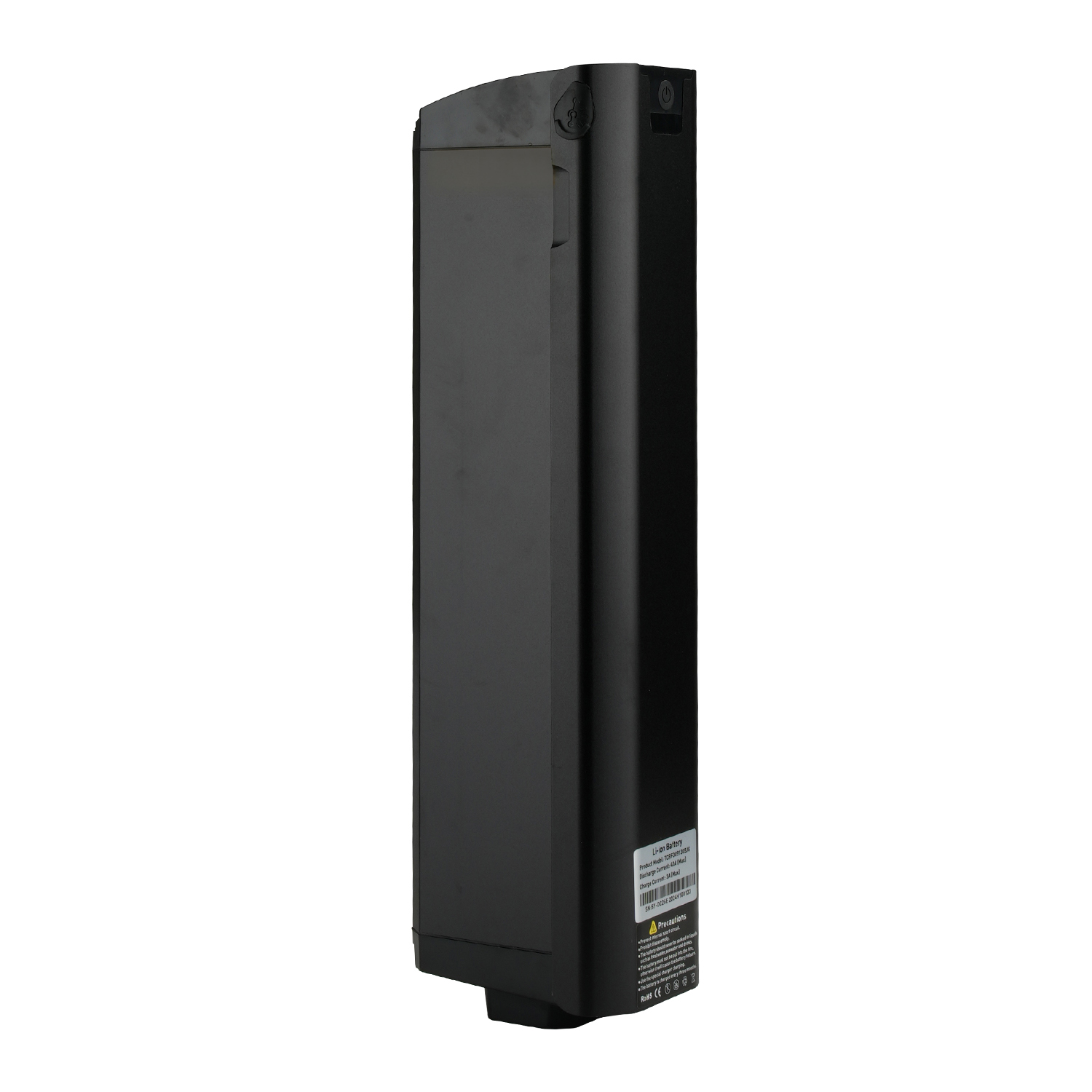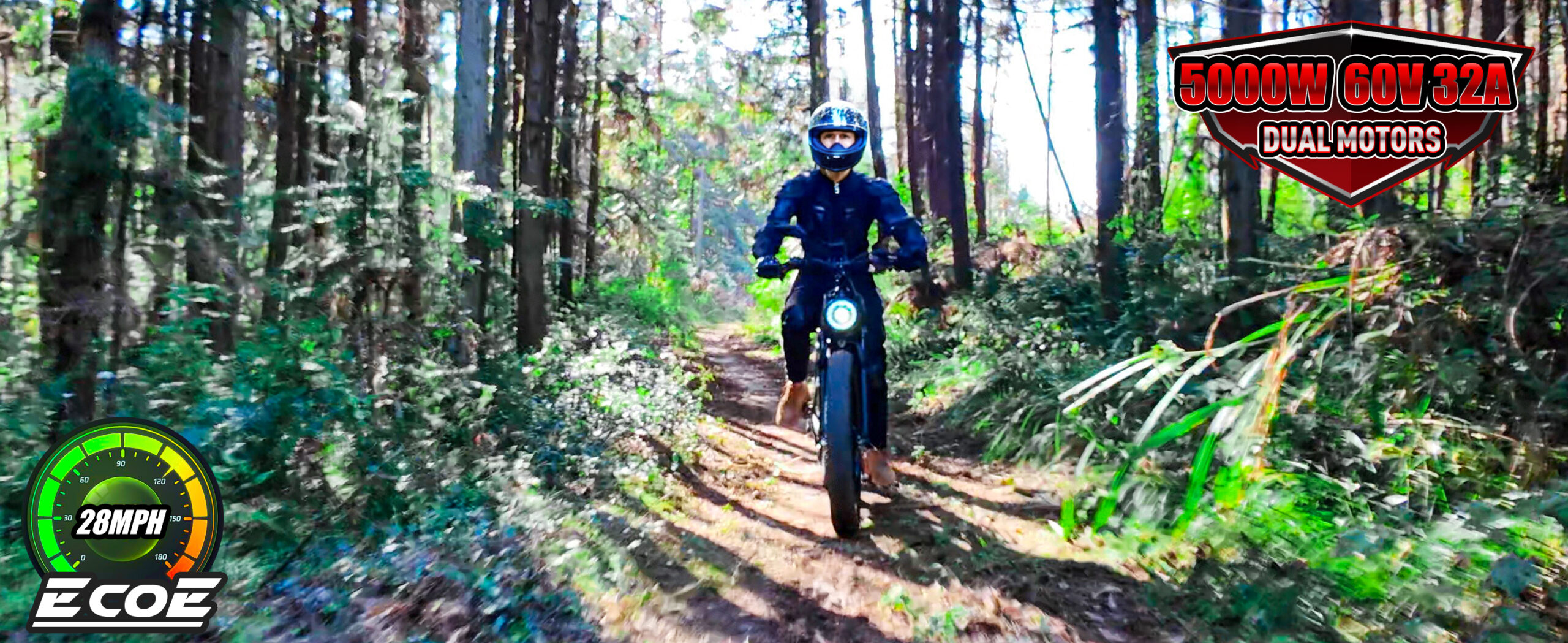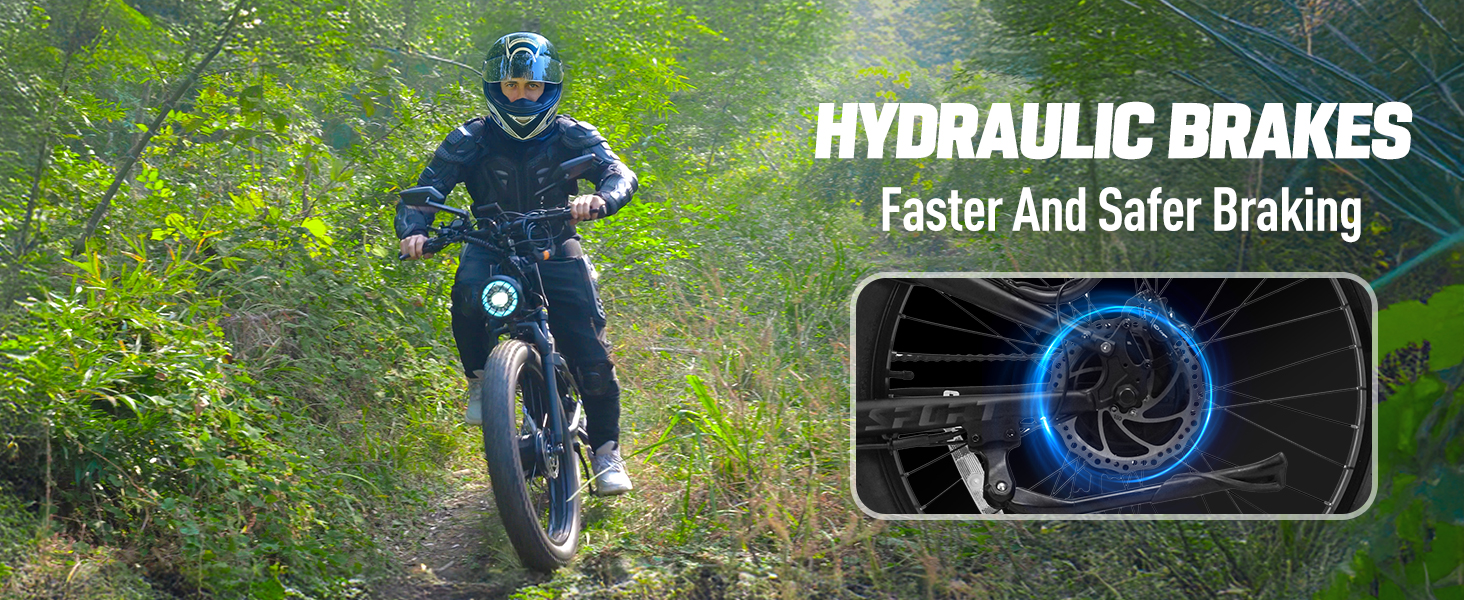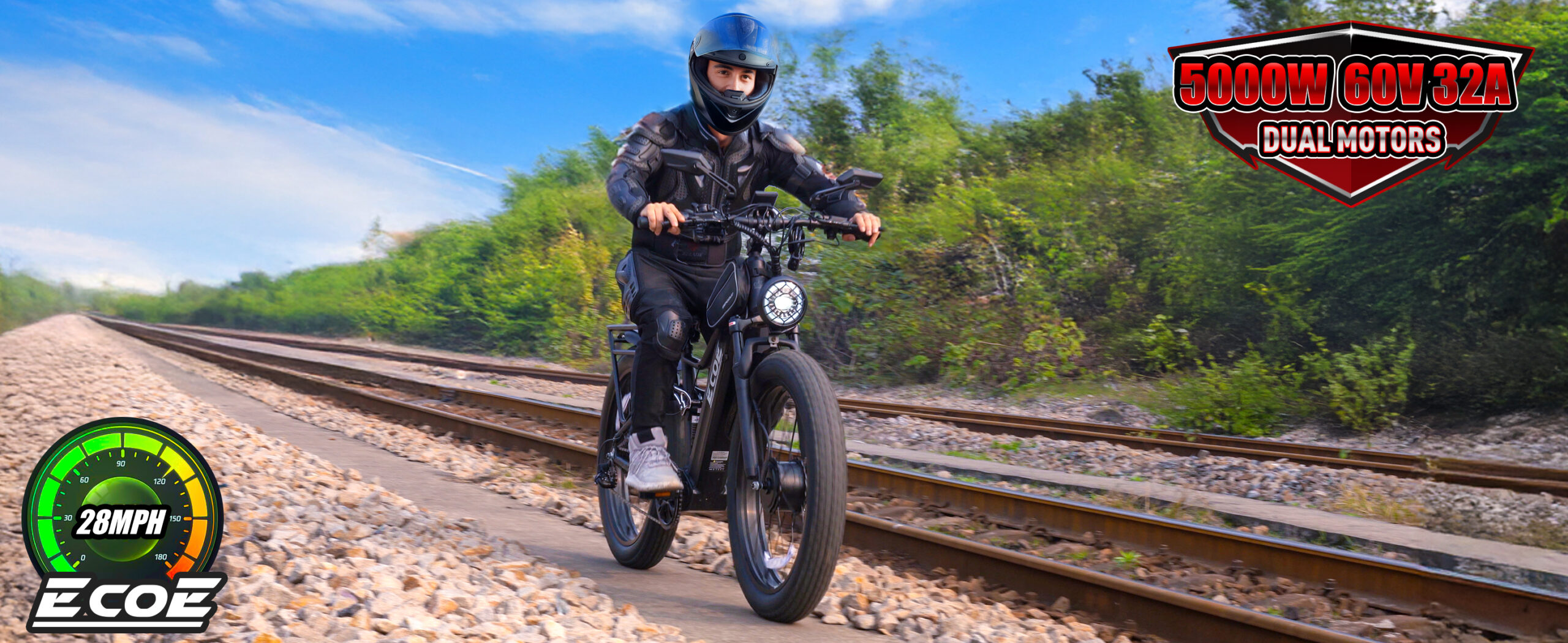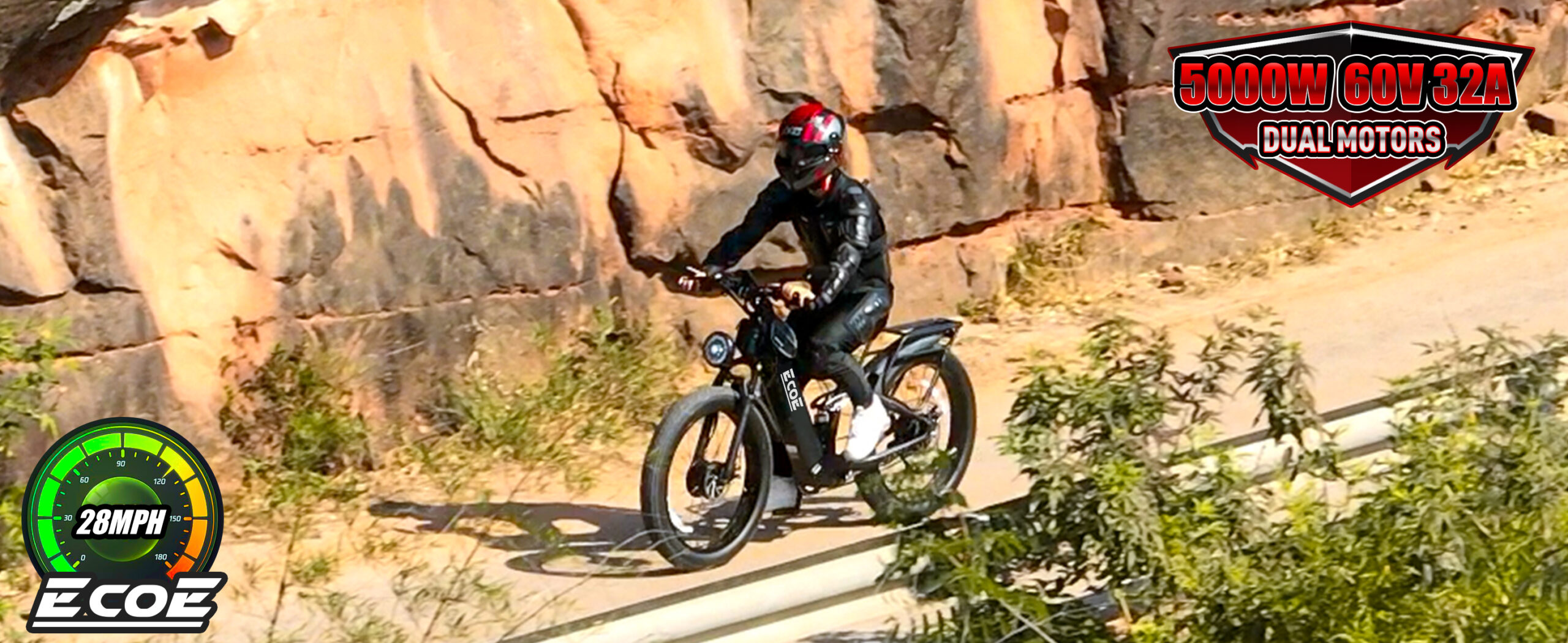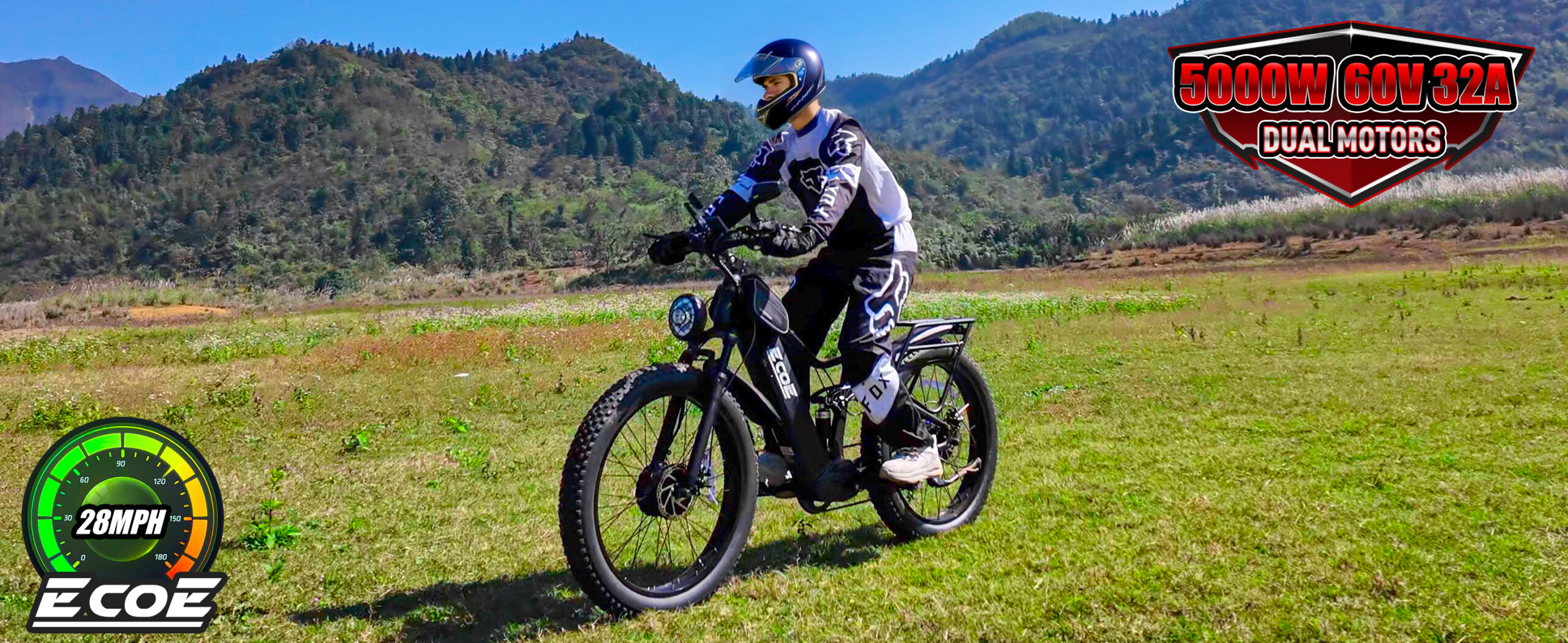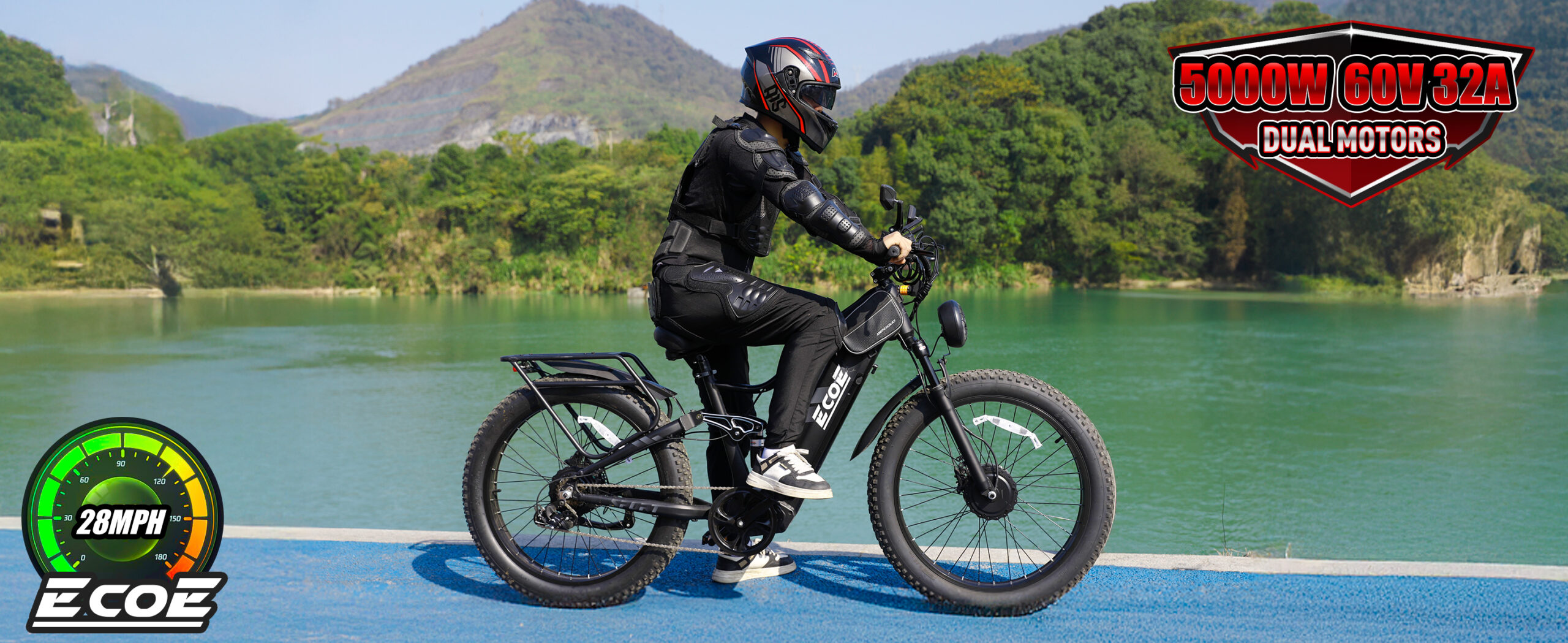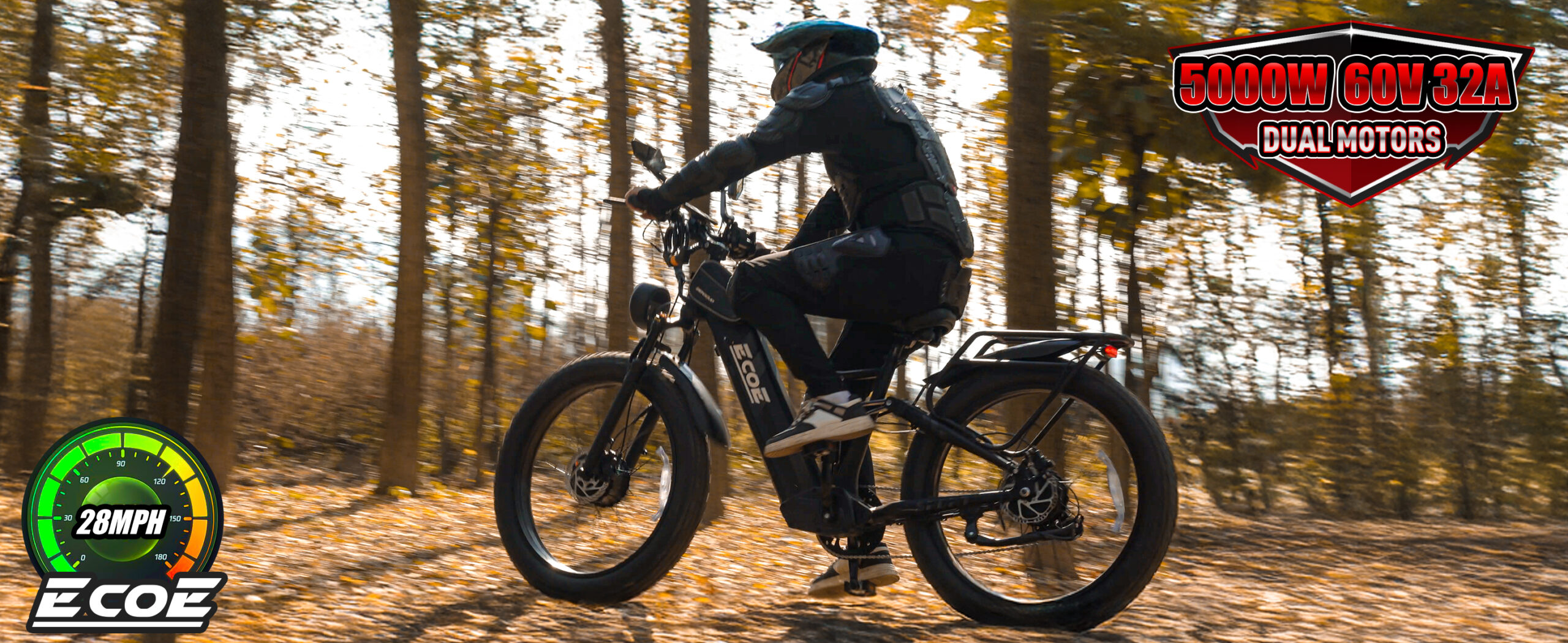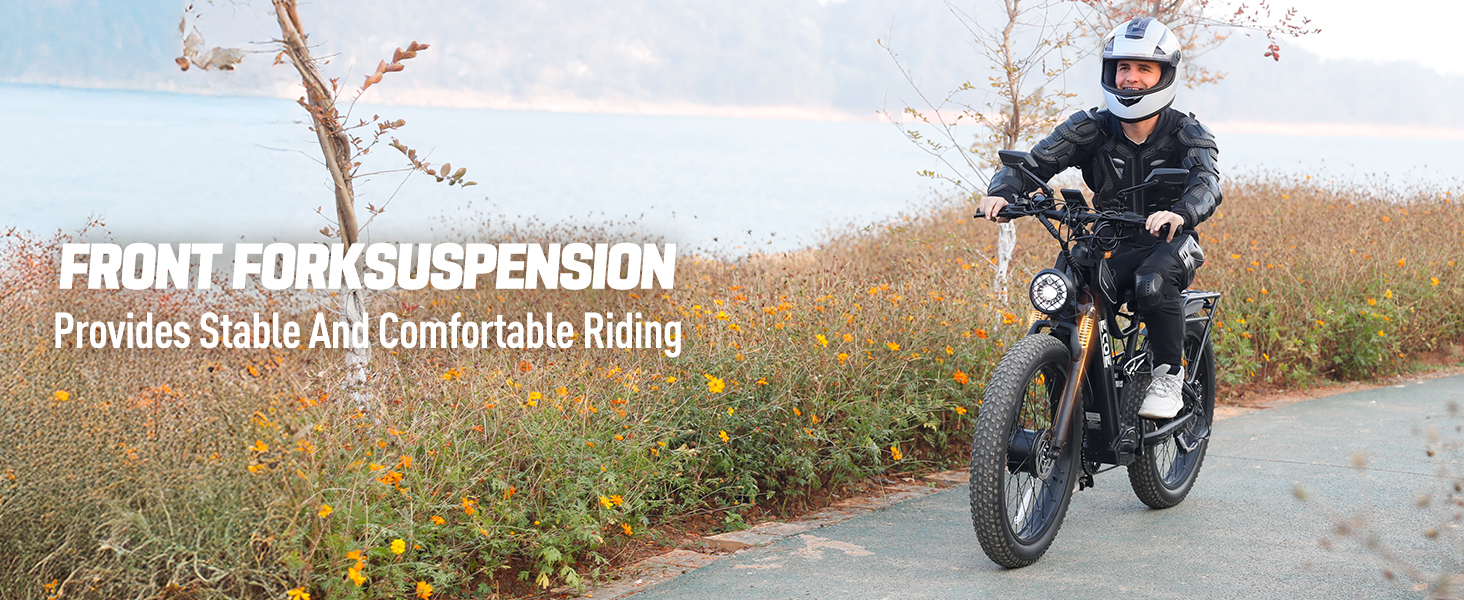Apr 10, 2025
How Fast Do Electric Bikes Go?
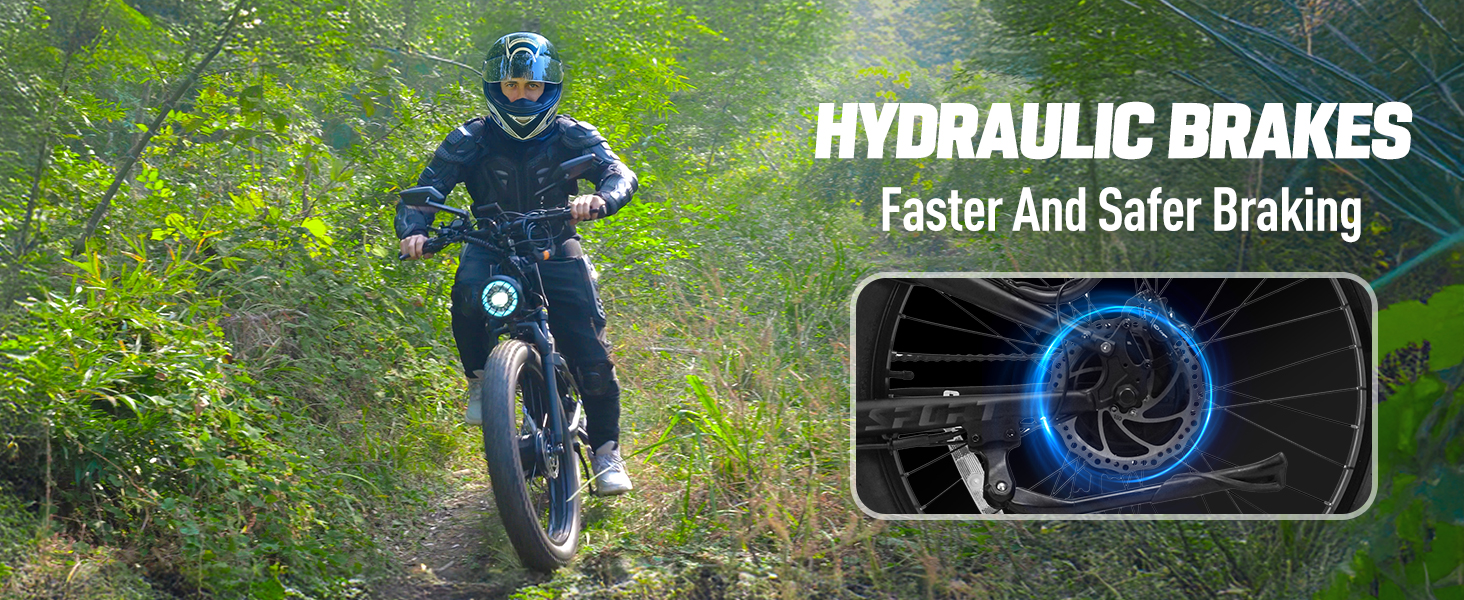
How fast can an electric bike go? This question sounds simple, but to truly answer it, you really need to ride a few bikes, test them on different routes, and talk to some riders. On our recent trip, we tested a variety of e-bikes with different power ratings, experiencing everything from a leisurely cruise to speeds that felt almost airborne. We were amazed to find that depending on the settings, the “fast” of an e-bike can range from a safe commute to an adrenaline-pumping off-road adventure—one that can even outpace some motorcycles.

We gathered in the suburbs of San Diego, California, where a friend brought his new 5000W electric mountain bike. As I first sat on it, I thought: Isn’t this just a bicycle with a motor? But the moment I started it, I was nearly pushed off the seat by the acceleration.
That kind of “acceleration” is no joke. Especially on flat, obstacle-free roads, a single twist of the throttle easily breaks 30 mph. We all laughed on the side, saying, “This isn’t riding anymore; it’s driving.”
Of course, Class 1 e-bikes for urban commuting are generally capped at 20 mph, with some Class 3 models reaching 28 mph—the highest speed limit allowed by law in many U.S. states. But the high-power bikes we rode (like the 5000W Ecoe Electric Bike) have already transcended the conventional categories and fall into the “motorcycle-like” category.
During our research, we also browsed some cycling discussion forums on Reddit, where the enthusiasm for e-bikes among foreigners exceeded our expectations. A netizen named Jack from Colorado commented, “My custom e-bike reached a top speed of 52 mph, but I don’t recommend doing this; the braking system can’t handle it.” Another girl named Abby from Utah said, “My bike is 3000W; I usually ride around 25 mph, and occasionally switch to Sport mode to hit 33 mph. The key is not to speed around recklessly in the city; once I almost collided with a postal van.”
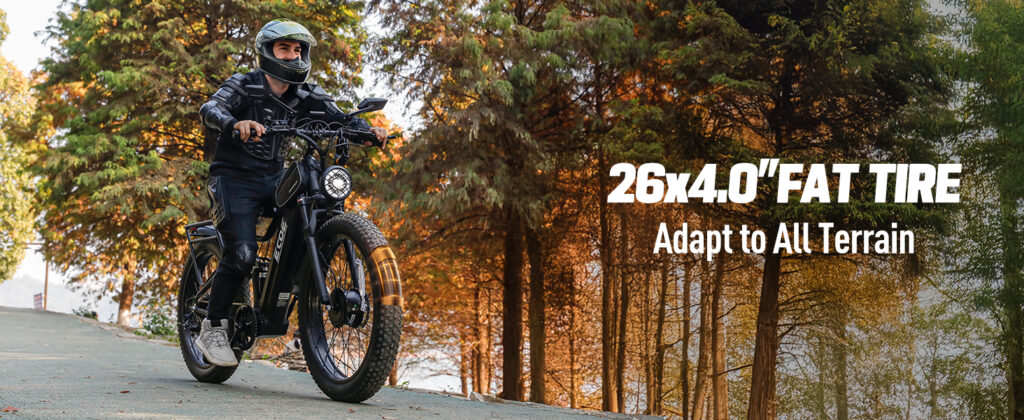
After hearing these stories, we realized that speed is indeed a major selling point for e-bikes, but it also brings significant differences in usage habits and safety awareness. Some people pursue the thrill of speed, while others are more concerned with stability and range, and the laws and regulations have not yet fully caught up with this technological update.
So, the question “How fast can an electric bike go?” essentially depends on three factors: power, settings, and what you intend to use it for.
We rode five different e-bikes with various power ratings, covering everything from a 250W urban commuter to a 5000W all-terrain off-road model. Below are our actual test experiences (each bike was tested three times, with an average taken):
250W Entry-Level (Class 1): A stable speed of 16-19 mph on flat ground, suitable for short commutes in the city center.
500W Commuter (Class 2): With a throttle, it easily reaches 20 mph, making for a very comfortable urban commute.
750W Class 3: Can hit 28 mph under permitted settings, ideal for commuting plus weekend getaways.
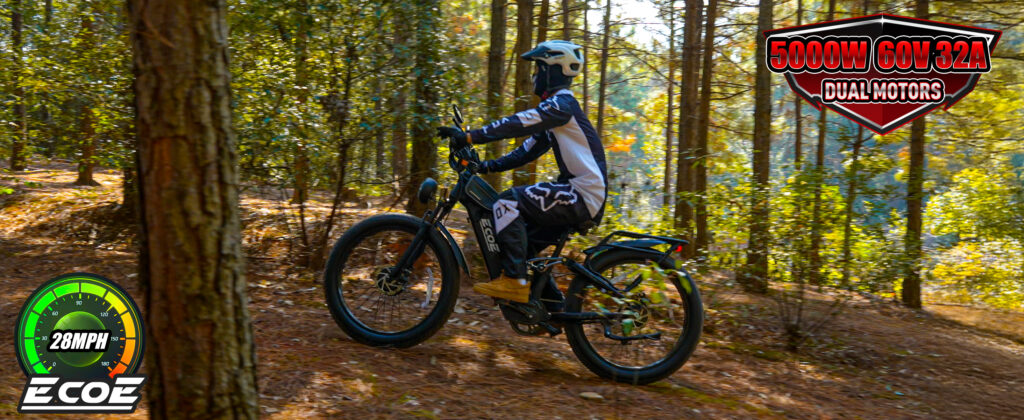
1000W Mountain Bike: Starts with a punch, topping out at 33 mph, with significantly enhanced climbing performance.
Ecoe Electric Bike 5000W: In off-road mode, we tested it on a slightly sloped surface, with the fastest rider reaching 36 mph. The feeling? It’s like—“a motorized monster in a bicycle’s skin.”
We particularly liked the multi-mode switching feature of the Ecoe bike. During the day for work, we used the energy-saving mode, which was smooth and comfortable; on weekends for off-road adventures, a quick switch to high speed made it feel like an entirely different bike.
This trip was more than just “playing with bikes.” We also deeply realized a fact: The faster the bike, the stronger the sense of control you need.
There was a little incident: One of us almost slipped while cornering at 30 mph. The reason was poor brake timing and tire grip control. It was then that we realized that once an e-bike reaches a certain power level, it’s no longer a “simple transportation tool,” but rather a transportation partner that requires you to “master certain skills.”
Legally speaking, many U.S. states stipulate that Class 3 e-bikes must not exceed 28 mph (with motor assistance). Once you go over, you need a specific license or it will be regulated as a “motor vehicle.” Many people, in pursuit of speed, privately modify their controllers, which is actually quite dangerous.
If you’re just looking to experience the occasional thrill of speed, we suggest choosing a model with adjustable speed settings. For example, the multi-gear control system of the Ecoe Electric Bike can cater to both urban commuting and wild off-road riding, making it very suitable for users with dual needs of “commuting + weekend adventure.”
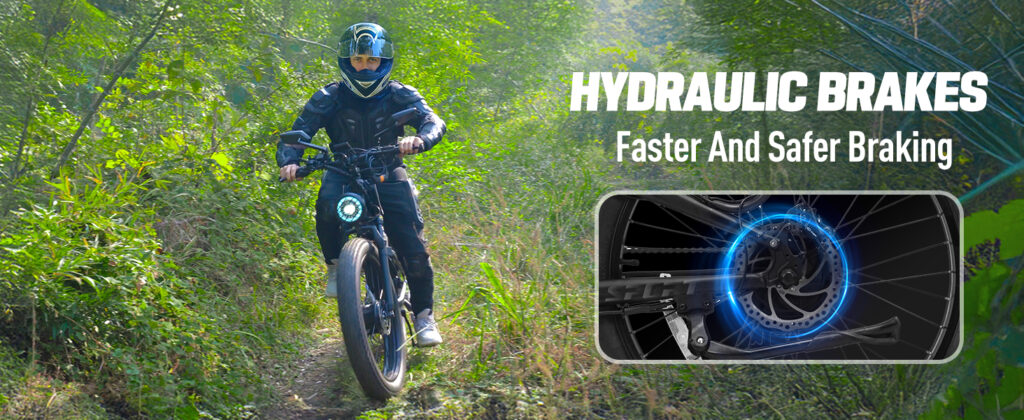
On the last day of the test, we met up on a coastal highway. The sea breeze was strong, the sun was warm, and there were few cars on the road. I switched the Ecoe to high speed, gave it a gentle push, and hit 30 mph. At that moment, I suddenly felt like I wasn’t riding a bike anymore, but flying on a smooth ribbon, with the wind rushing past my ears and the world seeming to quiet down.
This is probably the charm of electric bikes: You can choose to go fast or steady; you can be “efficient and smooth” in the city or “wild and free” in the countryside.
So, back to the original question: “How fast can an electric bike really go?” My answer is—it depends on how you want to ride.
Leave a comment
Please note, comments need to be approved before they are published.
当前文章评论已关闭。

